The right-click function is essential for accessing context menus that allow you to modify, open, or interact with files and applications on Windows 11. When a mouse is unavailable or not functioning properly, you can still perform right-click actions using alternative input methods built into the operating system and keyboards. Below are detailed instructions for several effective ways to right-click without a mouse on Windows 11.
Use the Context Menu Key on Your Keyboard
Most full-sized keyboards include a dedicated Context Menu key that directly opens the right-click context menu for the selected item or area. This key is typically located between the right Alt and right Ctrl keys or between the right Windows key and right Ctrl key. It is often marked with an icon resembling a menu or three horizontal lines inside a rectangle.
Step 1: Navigate to the item or area where you want to right-click using the arrow keys or by selecting it.
Step 2: Press the Context Menu key once. This action will immediately open the full context menu for the focused item.
If your keyboard does not have a dedicated Context Menu key, you can remap another key to serve this function using third-party software like Microsoft PowerToys. This allows you to assign the right-click function to a more convenient key of your choice.
Use the Keyboard Shortcut Shift + F10
If your keyboard lacks the Context Menu key, the universal Windows shortcut Shift + F10 replicates the right-click action efficiently.
Step 1: Highlight or position the cursor on the item or location where you want to open the context menu.
Step 2: Press Shift and F10 keys simultaneously. The context menu will appear, allowing you to select options just as you would with a mouse right-click.
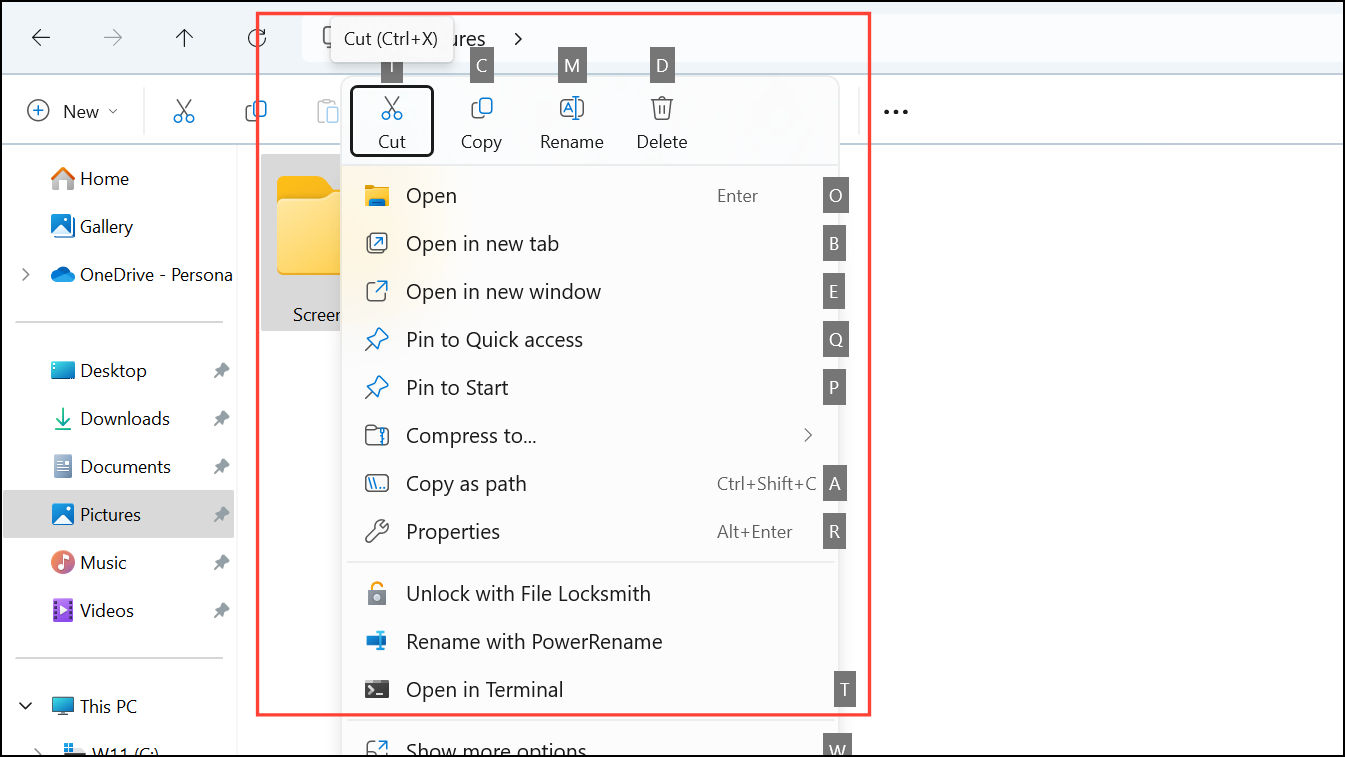
This shortcut is supported on all Windows keyboards and consistently opens the full context menu in Windows 11, regardless of your system settings.
Enable and Use Mouse Keys to Control the Cursor and Right-Click
Windows 11 includes a feature called Mouse Keys that lets you control the mouse pointer using the numeric keypad on your keyboard. This method allows you to move the cursor and perform mouse clicks, including right-clicks, without a physical mouse.
Step 1: Enable Mouse Keys by pressing Left Alt + Left Shift + Num Lock. A confirmation dialog will appear.
Step 2: Use the arrow keys to select “Yes” and press Enter to activate Mouse Keys.
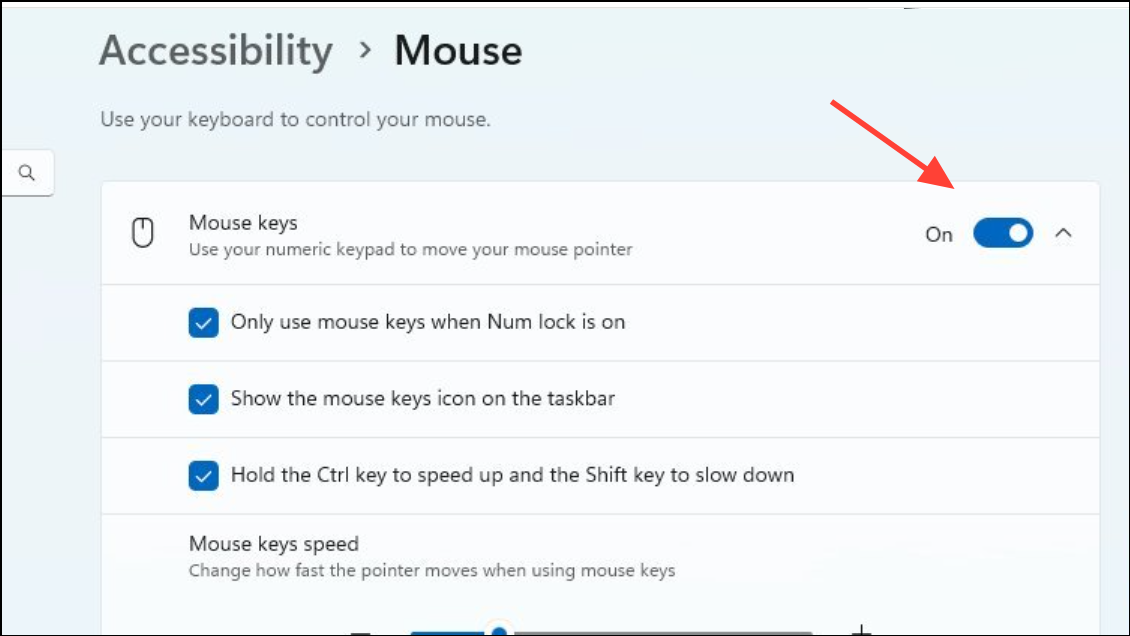
Step 3: Use the numeric keypad keys to move the cursor: 8 to move up, 2 to move down, 4 to move left, and 6 to move right.
Step 4: Press the minus (-) key on the numeric keypad to switch the function of the 5 key to right-click.
Step 5: Press the 5 key on the numeric keypad to perform a right-click at the cursor’s current position.
Step 6: To switch back to left-click, press the slash (/) key on the numeric keypad. Note that some keyboards may behave slightly differently, so if the - key directly performs right-click, you may not need to toggle.
If the shortcut to enable Mouse Keys does not work, you can enable it manually:
- Open the Run dialog by pressing
Windows + R, typecontrol, and pressEnterto open the Control Panel.
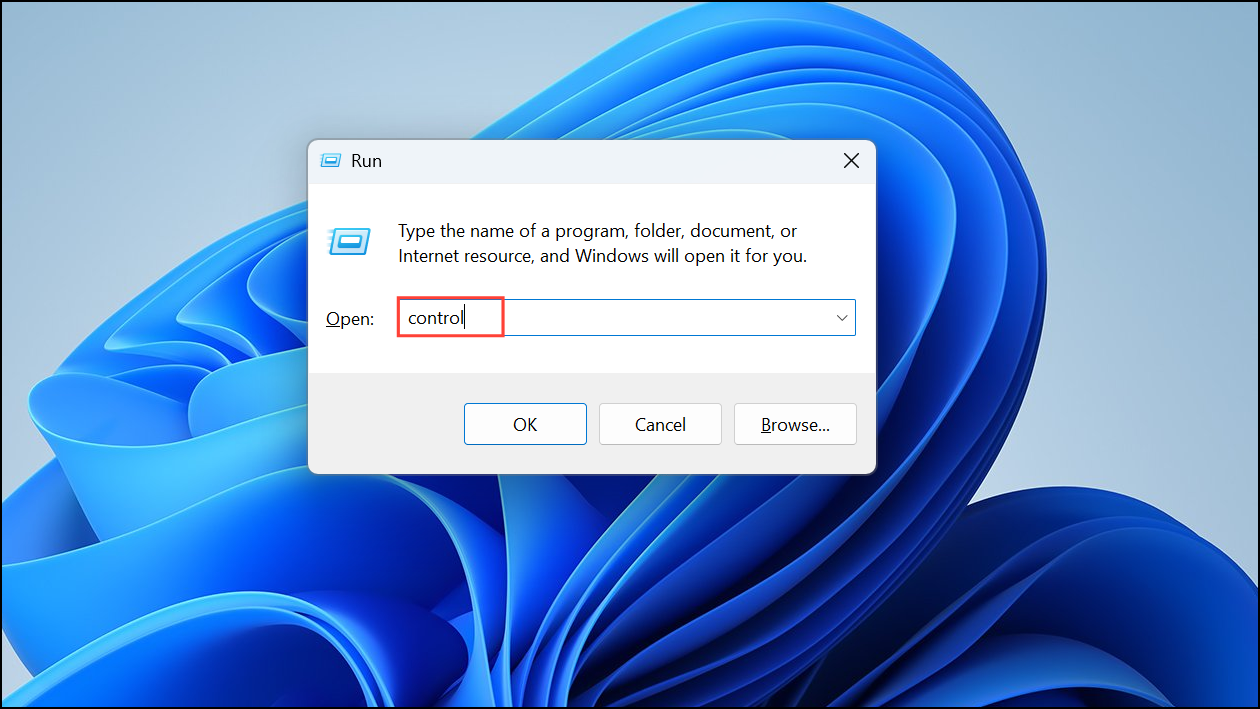
- Use the
Tabkey to navigate to the search box, type “change how your mouse works,” and pressEnter.
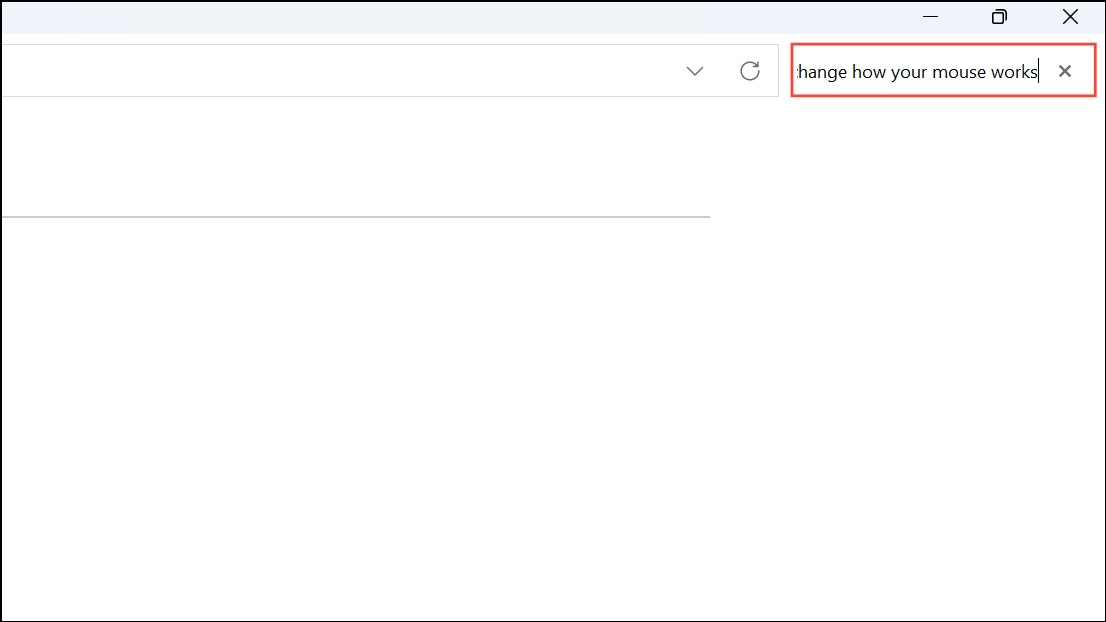
- Navigate to “Set up Mouse Keys” and press
Enter. - Use the
Tabkey to highlight “Turn on Mouse Keys” and press theSpacebarto enable it.
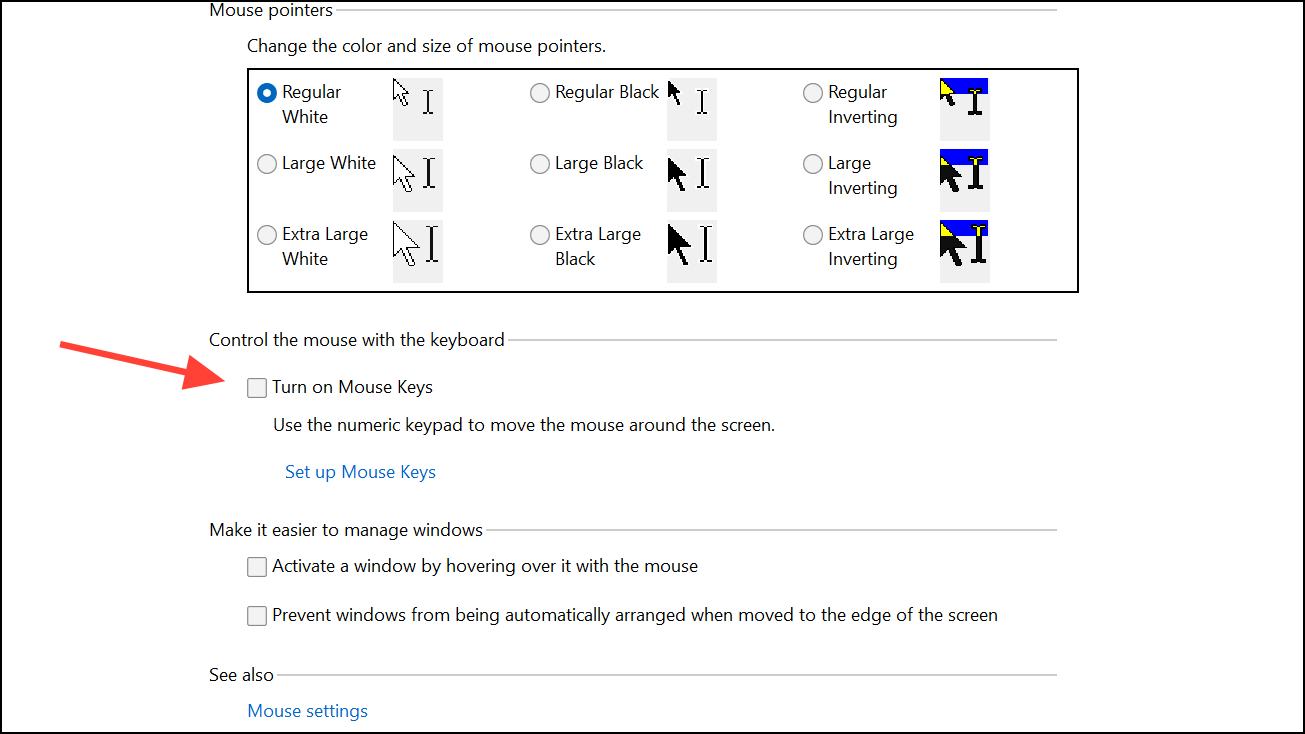
- Optionally, enable “Turn on Mouse Keys with left ALT + left SHIFT + NUM LOCK” for shortcut toggling.
- Navigate to “Apply” and press
Enterto save the settings.
This method is particularly useful when your mouse is completely non-functional, allowing you to fully control the cursor and perform right-clicks using the keyboard.
Use Touchpad Gestures or Buttons on a Laptop
Laptop touchpads provide built-in methods to perform right-click actions without a mouse:
- Press the physical right-click button located below or to the right side of the touchpad, if available.
- Use a two-finger tap on the touchpad surface to open the right-click context menu. This gesture is widely supported on Windows 11 laptops.
- If your touchpad supports multi-touch gestures, check the touchpad settings in Windows to confirm or customize the right-click gesture.
These touchpad methods offer quick access to context menus without needing an external mouse or keyboard shortcuts.
These four methods provide reliable alternatives to perform right-click actions on Windows 11 without a mouse. Depending on your hardware and preference, you can choose the method that best fits your workflow and device capabilities.
Using the Context Menu key or the Shift + F10 shortcut offers the fastest access to right-click menus, while Mouse Keys provides full cursor control when a pointing device is unavailable. Laptop touchpads integrate convenient right-click gestures that work seamlessly for mobile users.


